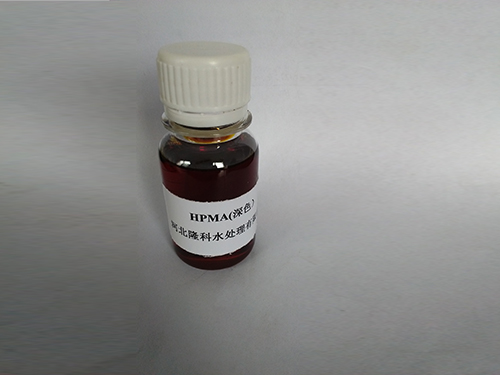pam water treatment
PAM Water Treatment An Overview of Polyacrylamide Applications
Polyacrylamide (PAM) is a versatile polymer widely used in the field of water treatment. Its unique properties make it an effective agent for various applications, particularly in improving water quality and facilitating the removal of contaminants. This article explores the significance of PAM in water treatment processes and its benefits.
PAM Water Treatment An Overview of Polyacrylamide Applications
Apart from municipal applications, PAM is also vital in industrial water treatment. Industries such as mining, paper manufacturing, and food processing often deal with significant amounts of wastewater that contain various pollutants. PAM helps in dewatering sludge generated in these processes, making it easier to handle and dispose of. By improving the efficiency of the dehydration process, PAM reduces the volume of waste, leading to lower transportation and disposal costs.
pam water treatment

The environmental benefits of using PAM in water treatment cannot be overlooked. With increasing concerns about water pollution and the need for sustainable practices, PAM offers an effective solution that minimizes chemical usage while maximizing results. Its application can lead to a reduction in the environmental footprint of industrial processes and contribute to cleaner water sources.
Moreover, PAM is available in various forms, including anionic, cationic, and non-ionic types, allowing for tailored applications depending on the specific requirements of the water treatment process. This versatility makes PAM a preferred choice for many engineers and environmental professionals.
In conclusion, polyacrylamide plays a crucial role in modern water treatment processes. Its ability to enhance flocculation and improve the efficiency of wastewater management makes it an indispensable tool in both municipal and industrial settings. As the demand for effective water treatment solutions continues to rise, the application of PAM is likely to expand, driving innovations in environmental technology and sustainable practices.
-
LK-319 Special Scale And Corrosion Inhibitor For Steel Plants: Advanced Solutions for Industrial Water SystemsNewsAug.22,2025
-
Flocculant Water Treatment: Essential Chemical Solutions for Purification ProcessesNewsAug.22,2025
-
Isothiazolinones: Versatile Microbial Control Agents for Industrial and Consumer ApplicationsNewsAug.22,2025
-
Scale Inhibitor: Key Solutions for Water System Scale PreventionNewsAug.22,2025
-
Organophosphonates: Versatile Scale Inhibitors for Industrial Water SystemsNewsAug.22,2025
-
Scale and Corrosion Inhibitor: Essential Chemical Solutions for Water System MaintenanceNewsAug.22,2025





